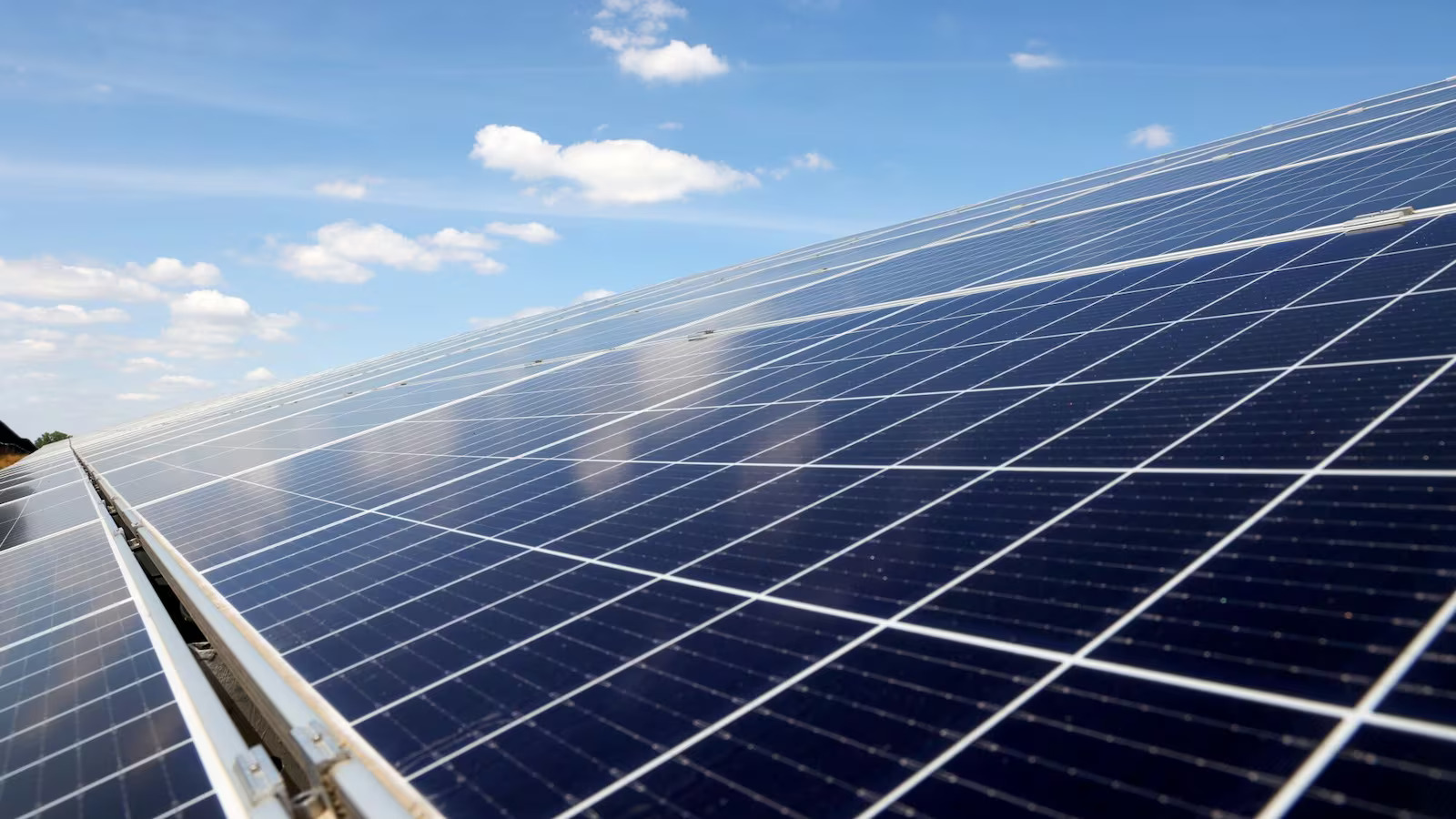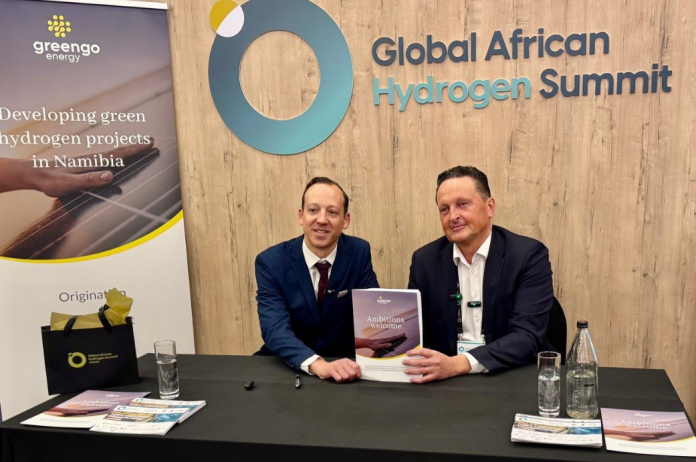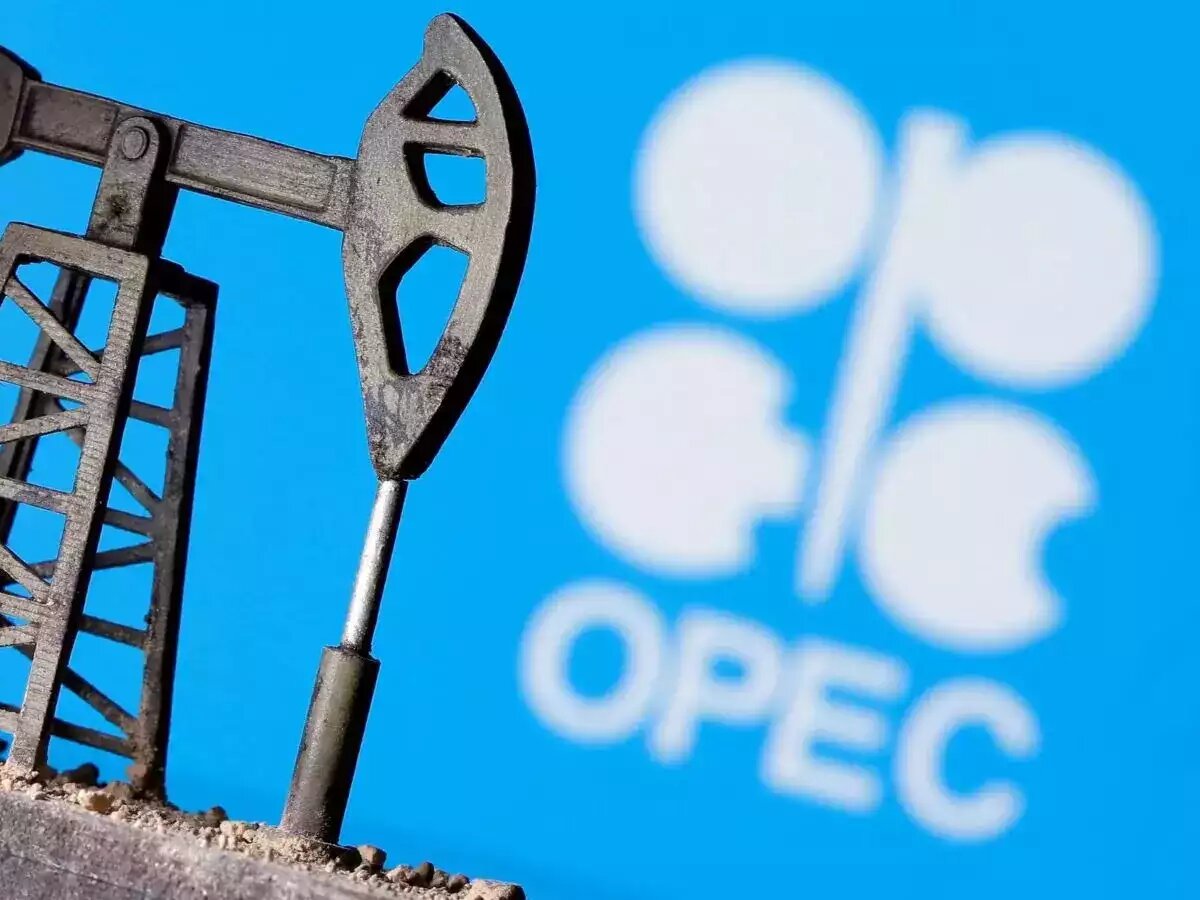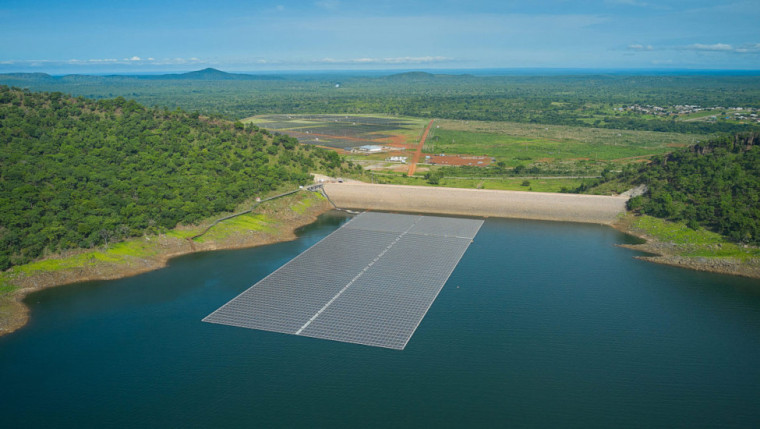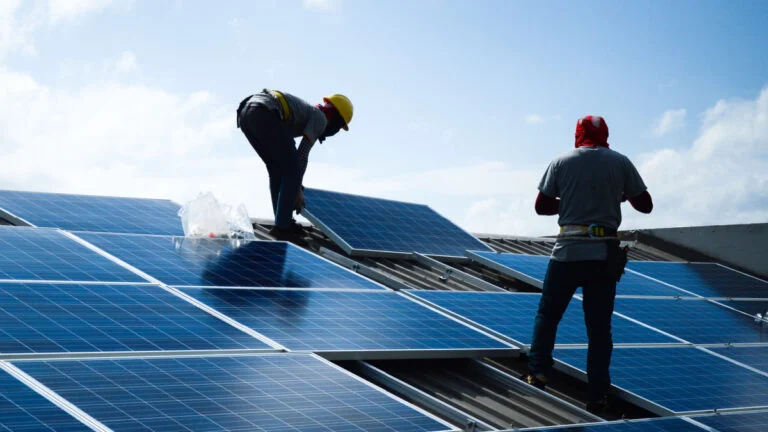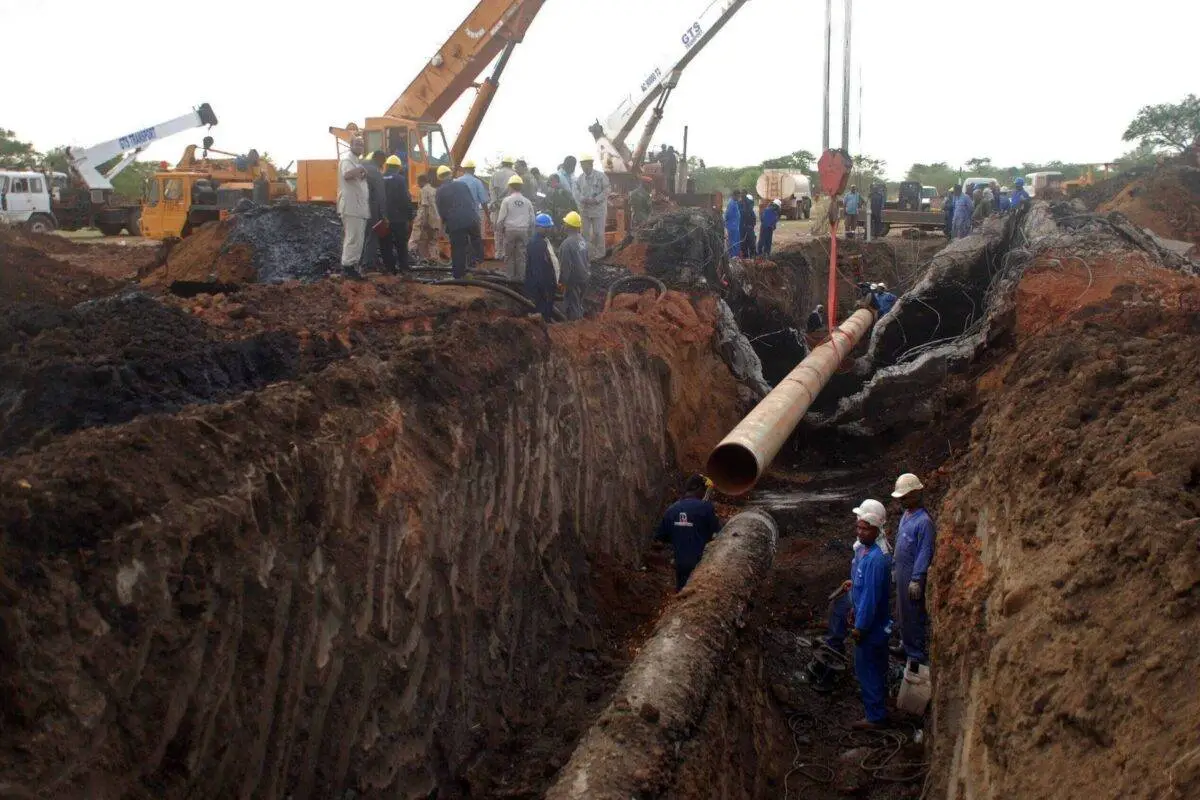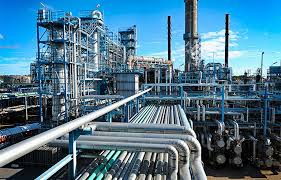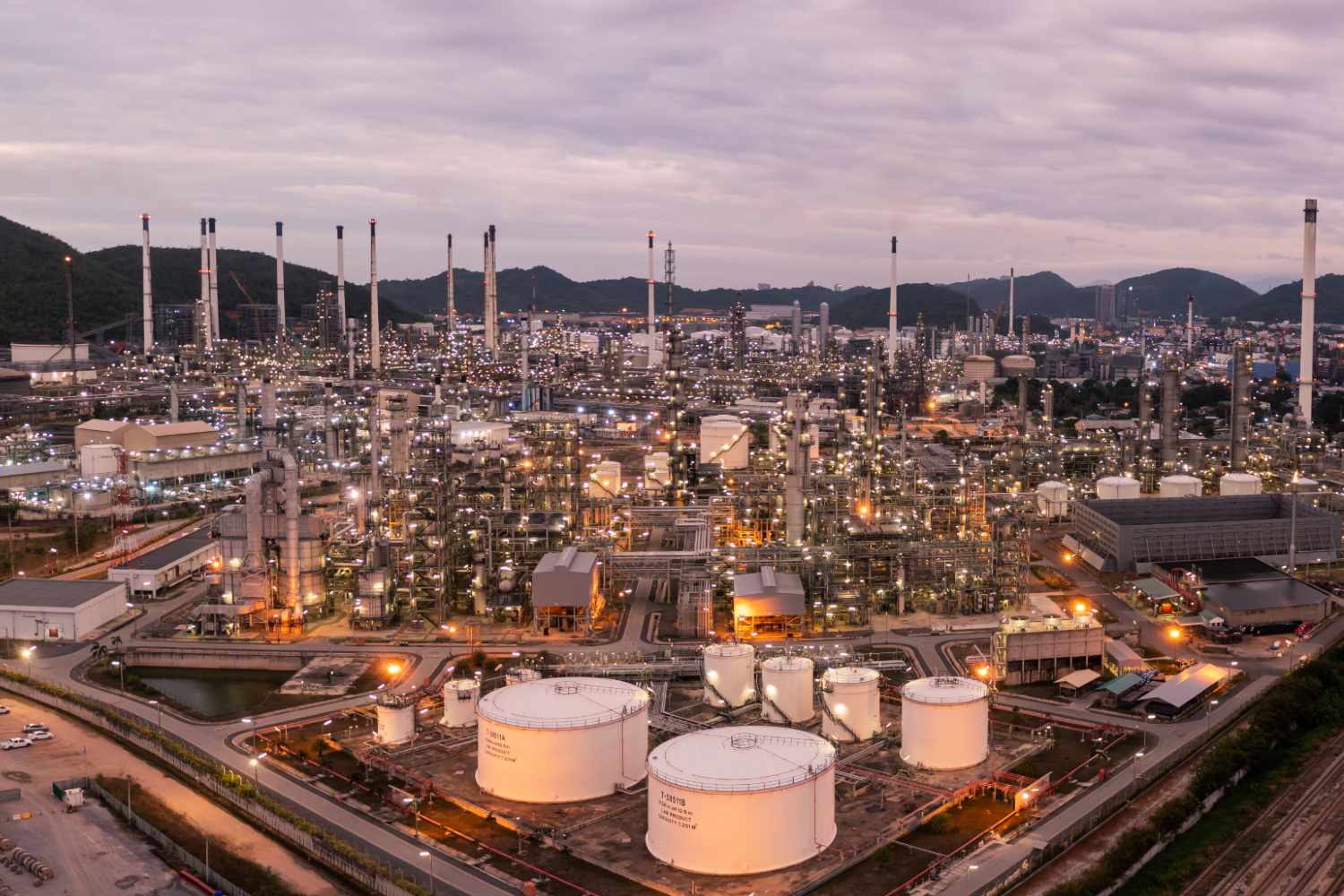Generation

Plans to bring African energy to Europe face big challenges
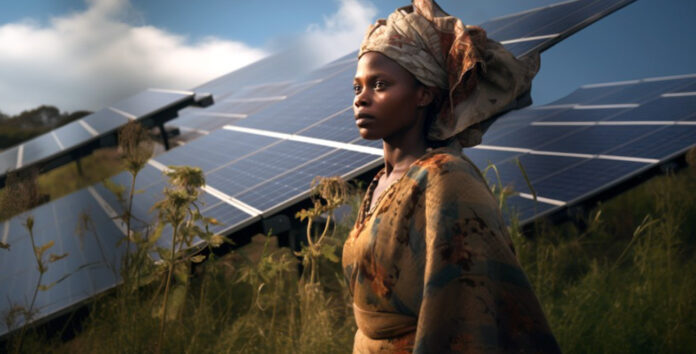
At least five multi-billion dollar projects to bring up to 24 gigawatts of solar and wind power energy from sunny North Africa to chilly Europe, assisted by Gulf investment money, are currently being planned.
But these ambitious schemes to reduce Europe’s reliance on fossil fuels generally, and energy supplies from Russia specifically, all face major barriers – technical, financial, environmental and political.
Of all the projects under way, XLinks is probably the most ambitious. This $30 billion, 4,000km project would connect a solar, wind and battery facility in Morocco with the UK.
The Abu Dhabi National Energy Company, known as Taqa, has invested $100 million in the scheme so far, with Octopus Energy Group in the UK and TotalEnergies in France being other key investors.
Some 11.5 gigawatts (GW) of renewable energy would be supplied to Britain from the North African country, along with 5GW of battery storage.
“It has huge potential,” says Nivedh Das Thaikoottathil, an Oslo-based analyst with Rystad Energy. “One solar panel in North Africa generates two to three times what one does in Europe.”
Eoghan Curran, a London-based power and energy transition analyst at BMI, part of Fitch Solution, says: “XLinks is quite unique among these projects, as it’s a private enterprise that will only carry renewable energy from Morocco to the UK.”
UAE state-owned renewable energy company Masdar and its subsidiary Infinity Power are key investors in another scheme, the €4.2 billion ($4.5 billion), 3GW Greece-Egypt (Gregy) electrical interconnection project, along with Greece’s Copelouzos Group.
This involves the development of a 9.5GW wind and solar plant in Egypt to supply the project. Meanwhile the first 1.5GW phase of a 1,200km, $1.8 billion, 3GW Saudi-Egyptian interconnector is due to be completed this year.
This could eventually connect to Gregy, sending renewable electricity from the deserts of the Arabian peninsula on to Europe.
In turn, through the $2 billion Great Sea Interconnector (GSI) project, there are plans to connect mainland Greece with the island of Crete, and then onto Cyprus, and potentially extending to Israel. The GSI project has European Commission backing, with Abu Dhabi’s Taqa potentially interested in investing.
Finally, there is Elmed, a name derived from “electricity” and “Mediterranean”, a 200km planned hook up between Trapani in Sicily and Mlaabi in Tunisia.
Italy’s grid operator, Terna Group, and STEG, the Société Tunisienne de l’Electricité et du Gaz, the Tunisian electricity and gas operator, are the partners in the scheme, with some €850 million already allocated to the project. Investors include the World Bank and the European Union.
Europe’s peak demand for power is in winter, when it needs heating. By contrast, in the Middle East and North Africa, peak demand is in the hot summer months, for air conditioning.
These differences can be used to help smooth out peaks and troughs between demand and supply, says Jamie Ingram, senior editor with the consultancy MEES in London.
Uninhabited land
“There are vast tracts of uninhabited land in Mena that can be used for utility-scale solar and wind parks – unlike in Europe,” Ingram says.
However few of these ambitious projects are likely to be plain sailing. The infrastructure, investment and manufacturing capacity required is substantial.
“To export electricity from North Africa, you first need to build power plants there,” says Rystad Energy’s Das Thaikoottathil. “If Gregy, Elmed and XLink all get green-lit, between them they would take up the entire European electricity cables production capacity.”
Then there is geopolitics.
GSI, for example, would cross an area of the Mediterranean sea subject to rival maritime claims by Turkey, Greece and Cyprus.
Environmental concerns have also been raised over XLinks, in both Morocco and the UK.
With Gregy, exporting electricity to Europe, when Egypt’s own power supply is limited and power cuts common, could have consequences.
Financing is also a major issue. The $30 billion cost of XLinks, for example, puts it on the level of developing a nuclear power plant rather than upgrading a power grid.
This, of course, is where Gulf investors may be crucial. It takes, on average, more than 10 years, as well as deep pockets, to bring a large-scale grid project online in Europe.
“Taqa and others, such as Saudi Arabia’s Acwa Power, are both increasing their footprint in North Africa,” says Das Thaikoottathil. “The interconnectors are part of these expansion plans, pushing them on into Europe.”




